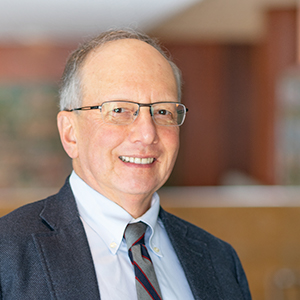Abstract
The analysis of occupational licensing has concentrated largely on its labor market and consumer welfare effects. By contrast, relatively little is known about how occupational licensing laws originated or the key factors in their evolution. In this paper, we study the determinants of U.S. licensing requirements from 1870 to 2020. We begin by developing a model where licensing arises as an endogenous political outcome and use this framework to study how market characteristics and political incentives influence regulators’ choices. Our empirical analysis draws on a novel database tracking the initial enactment of licensing legislation for hundreds of unique occupations, as well as changes to the specific qualifications required to obtain a subset of licenses over time. We first show that, consistent with the predictions of our model, licensing requirements are more common and were adopted earlier for occupations whose tasks plausibly pose some risk to consumers. Second, large, urbanized states are significantly more likely to produce new policies. Third, among occupations regulated before 1940, licensing requirements appeared earlier in states with more practitioners and where incumbent workers likely experienced greater labor market competition. After 1980, state-level factors are more strongly associated with the timing of policy adoption. Finally, political organization, as measured by the establishment of a state professional association, significantly increases the probability of regulation. Together, our findings suggest that both public and private interests have contributed to the diffusion of licensing requirements across states and occupations.



